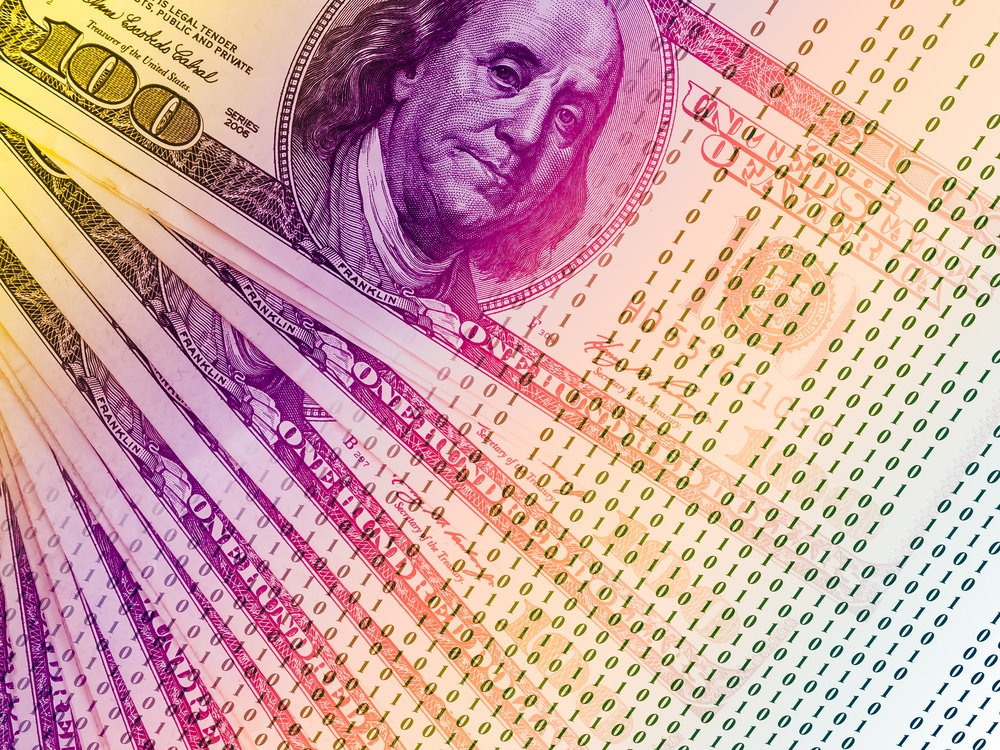(OPINION) Governments and financial institutions are increasingly warming to the idea of introducing Central Bank Digital Currencies (CBDCs) – central banks’ digital tokens, pegged to a country’s fiat money, and controlled and backed by the authorities in ways they never could with other money they issue.
Unlike cryptocurrencies, which are private, Central Bank Digital Currency (CBDC) will be issued and controlled by the central banks themselves. In many ways, it’s the same as banknotes, but it’s likely that every single transaction will be monitored for compliance.
On Friday 14th October, the IMF streamed a live video on YouTube called “Central Bank Digital Currencies for Financial Inclusion: Risks and Rewards.”
Speakers were Her Majesty Queen Máxima of the Netherlands, who’s also the UN Secretary-General’s Special Advocate for Inclusive Finance for Development. Kristalina Georgieva, Managing Director, IMF, and Bo Li, Deputy Managing Director, and Cecilia Skingsley the BIS Innovation Hub Director.
It was all about global financial inclusion, which they said has improved over the past ten years, but almost a quarter of the world’s adult population is still unbanked. It is hoped that central bank digital currencies would be affordable, widely accepted, and safe instruments, which would address some of the issues surrounding financial inclusion, among other things.
With less than 5,000 views, the live stream went under the radar for many. Our buddy Tim Hinchliffe over at The Sociable kept an eye on what was going on. Tim posted a video of Bi Li, the Deputy Managing Director of the IMF, explaining how CDBSs can be programmed.
According to Bi Li, a CDBC can improve financial inclusion by allowing government agencies and private sector players to program, to create smart contracts. Smart contracts are programs stored on a blockchain that run when predetermined conditions are met. Most of the time, they’re used to automate agreement execution, so everyone knows the outcome right away, without any intermediaries.
The smart contract would allow targeted policy functions, like welfare payments, consumption coupons, food stamps, etc. With CBDCs, we can precisely control what people can and can’t own. Also, what kind of use this money can be programmed for, like food only. – Bi Li
As a result of this potential programmability, government agencies can precisely target their support packages to the right people. CBDCs can’t solve every financial inclusion challenge, but they can work together with financial literacy and digital literacy. CBDC will have to work with other policies like digital identities and wallets. This goes hand in glove with what the World Bank Group Report titled CBDC for Cross Border Payment described in November 2021. READ MORE








